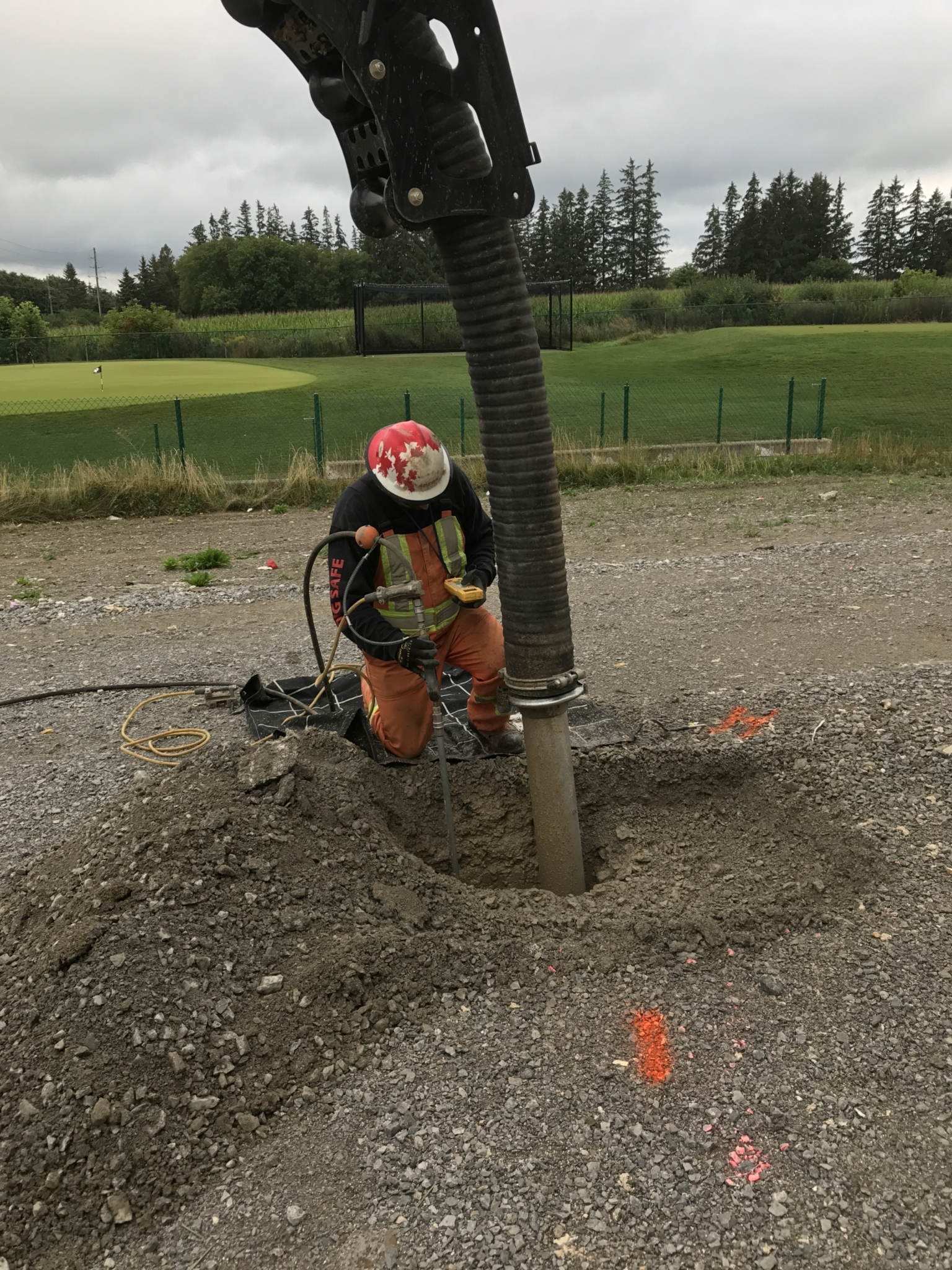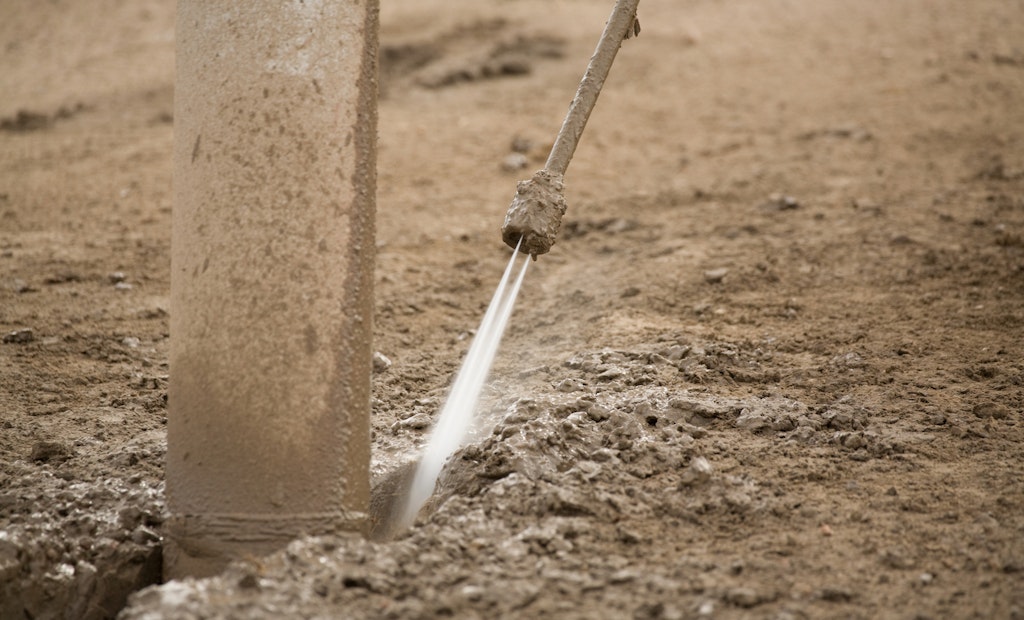Interested in Trucks?
Get Trucks articles, news and videos right in your inbox! Sign up now.
Trucks + Get AlertsWith the growth of vacuum excavation projects across the country, it’s important to remember the equipment is more than just a vacuum excavator or sewer cleaner equipped with a hydrovac option to dig a hole. Any excavation project requires a competent person performing or supervising the work.
The Occupational Safety and Health Administration defines excavation as any man-made cut, cavity, trench or depression in an earth surface formed by earth removal. A trench is a linear excavation, which OSHA further defines as a narrow excavation (in relation to its length) made below the surface of the ground … in general, the depth is greater than the width, but the width of a trench (measured at the bottom) is not greater than 15 feet).
Competent person
For any excavation work, OSHA requires a “competent person” to be on the job and to make pre-job inspections and additional inspections after any other “hazard causing event,” such as a rainstorm. OSHA defines a competent person as one who is capable of identifying existing and predictable hazards in the surroundings, or working conditions which are unsanitary, hazardous, or dangerous to employees, and who has authorization to take prompt corrective measures to eliminate them. According to OSHA, a competent person must be specifically trained in, and be knowledgeable about:
- Soil typing and analysis
- The different kinds of protective systems and their proper use
- Hazard recognition (including hazardous atmospheres)
- When a registered P.E. is required
- Requirements of OSHA 29 CFR 1926, Subpart P (OSHA’s construction safety standard for excavations)

The competent person on any vacuum excavation project knows the safety rules, is capable of identifying hazards, and has the authority to correct those hazards. Ensuring that your competent persons are qualified for the designation — and that your employees understand their role — is essential.
Always check with your vacuum excavation equipment manufacturer to see what type of training they offer. You can also contact Gary Toothe, CET, a full-time training manager for FS Solutions with more than 35 years of experience in the industrial vacuum and water blasting industries. As the experts on industrial vacuum and waterblastting equipment, FS Solutions makes OSHA training and compliance more convenient than ever through interactive courses. Gary provides Competent Person Training in trenching and excavation as well as unit training and trenching and excavation training. Please contact Gary by phone at 803-464-0259 or email gtoothe@federalsignal.com for more information.






